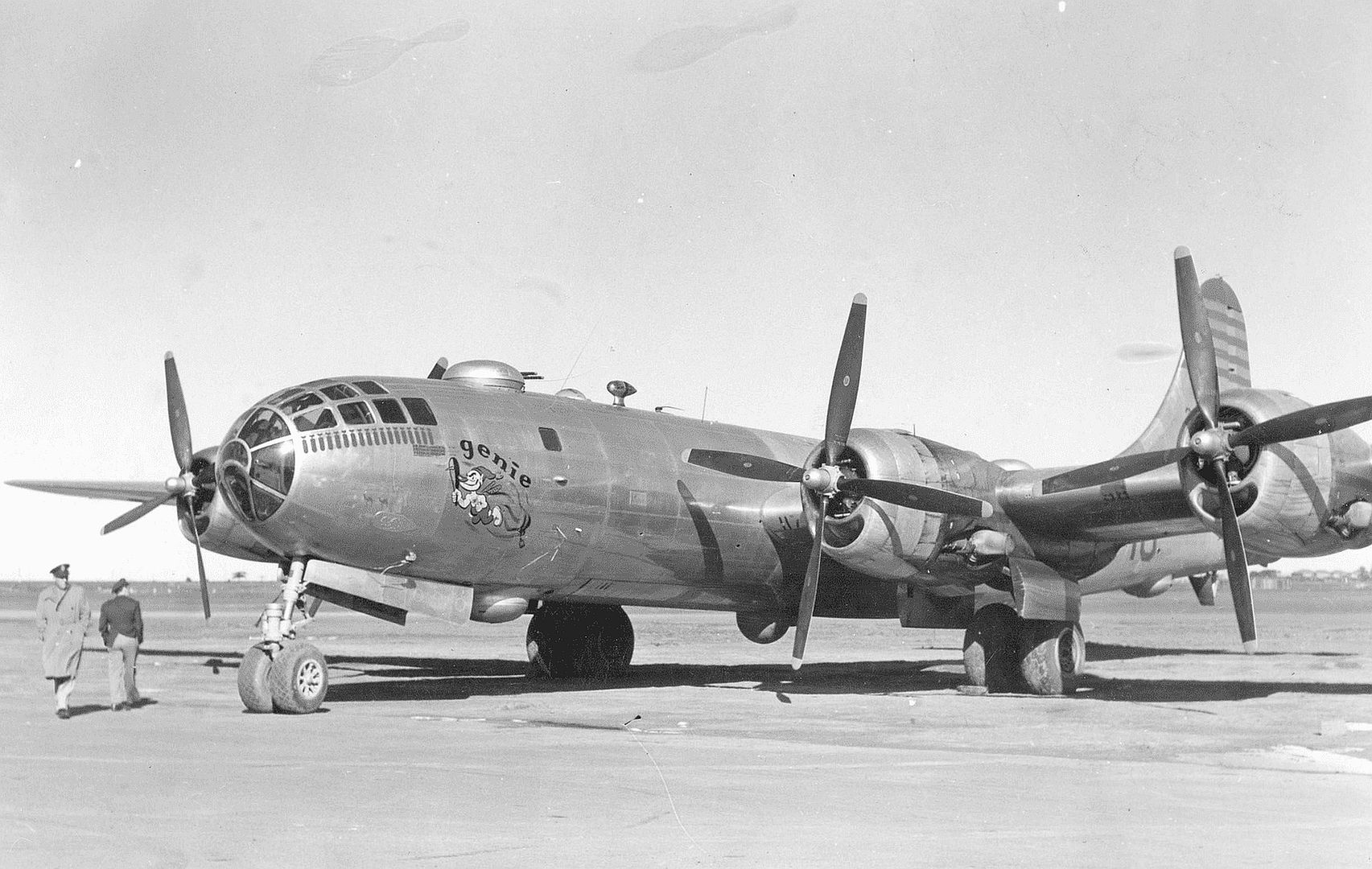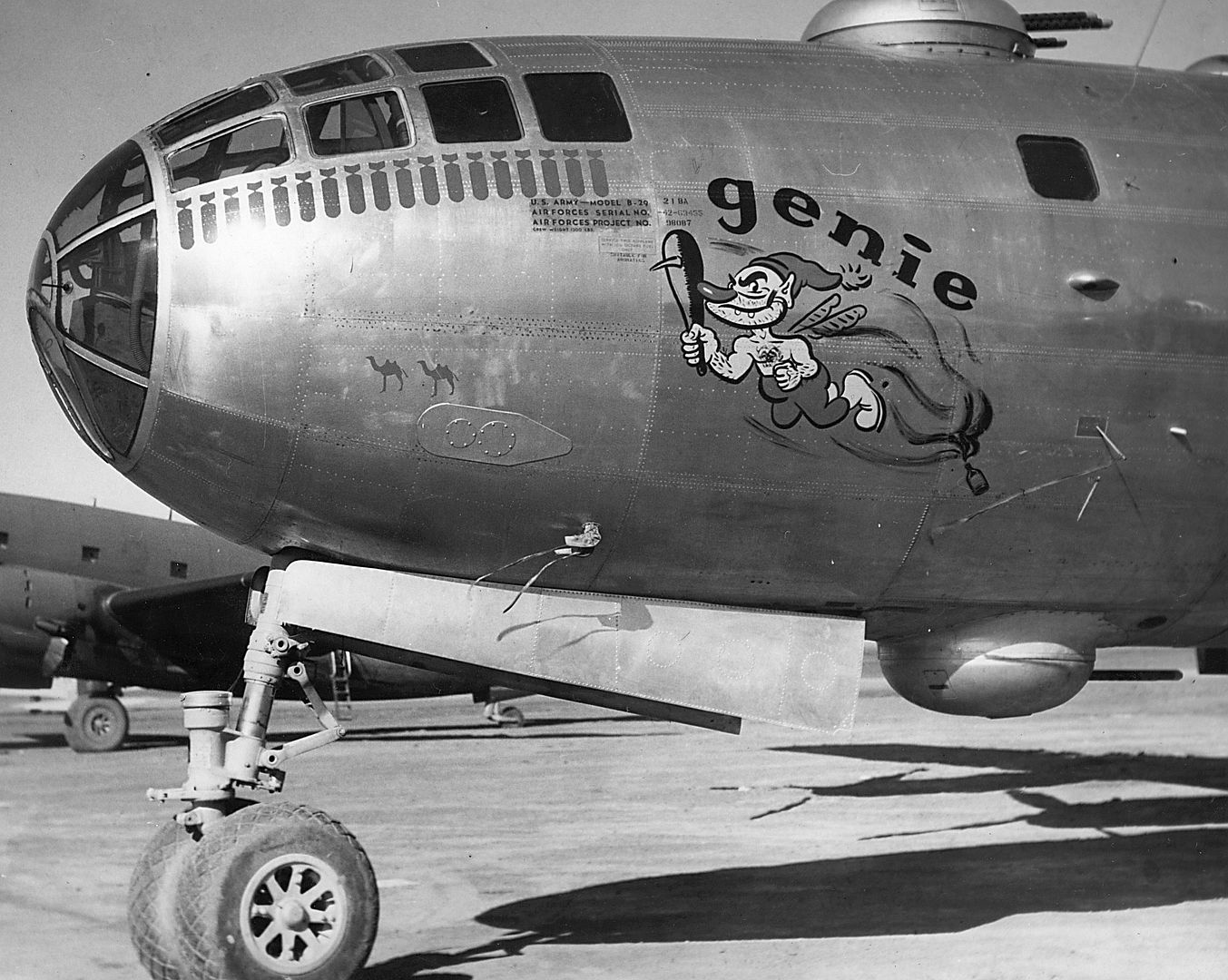Forums
- Forums
- Axis And Allies Forum
- General Discussion
- Photo of the week
Photo of the week
Post a reply
- Go to Next topic
- Go to Welcome
- Go to Introduce Yourself
- Go to General Discussion
- Go to Screenshots, Images and Videos
- Go to Off topic
- Go to Works in Progress
- Go to Skinning Tips / Tutorials
- Go to Skin Requests
- Go to IJAAF Library
- Go to Luftwaffe Library
- Go to RAF Library
- Go to USAAF / USN Library
- Go to Misc Library
- Go to The Ops Room
- Go to Made in Germany
- Go to Campaigns and Missions
- Go to Works in Progress
- Go to Juri's Air-Raid Shelter
- Go to Campaigns and Missions
- Go to Works in Progress
- Go to Skinpacks
- Go to External Projects Discussion
- Go to Books & Resources
-
4 years agoSat Jul 10 2021, 08:06pmDuggy
 Main Admin
Main Admin -
 Main Admin
Main Admin -
 Main Admin
Main Admin -
4 years agoMon Jun 07 2021, 10:14pmDuggy
 Main AdminThis weekends extra.
Main AdminThis weekends extra.
B-17C "Skipper" 40-2049 force landed at Bellows Field being salvaged for parts.
On December 6, 1941 took off from Hamilton Field piloted by 1st Lt. Robert H. Richards on an unarmed ferry flight bound for Hickam Field on Oahu. This bomber had the .50 caliber machine guns installed but carried no ammunition. Aboard was "Crew No. 7" including pilot 1st Lt Robert H. Richards, co-pilot 2nd Lt Leonard S. Humiston, Aviation Cadet William F. B. Morris, Aviation Cadet George E. Gammans, SSgt Joseph S. Angelini, SSgt Erwin B. Casebolt, SSgt Melvin D. Zajic, SSgt Lawrence B. Velarde, and Pvt Vernon D. Tomlinson.
On December 7, 1941 in the morning incoming Japanese aircraft detected on radar were dismissed as the expected flight of B-17s and arrived during the Japanese surprise attack on Pearl Harbor and Oahu.
This bomber was attacked by A6M2 Zeros from Akagi, including A6M2 Zero piloted by PO1c Juichiro Hanyu who mistook the B-17 as a transport aircraft. His attack scored hits on the bomber, causing damage and wounding two of the crew, one severely. Damaged, pilot Richards force landed at Bellows Field the nearest runway and was the last B-17 from the ferry flight to land on Oahu.
On the ground, the wounded crew was rushed for medical attention. Doctors stated that the most wounded would have bled to death if the landing had been delayed longer. Afterwards, was hoped this B-17 could be repaired. Instead, it was used for spare parts and the rest scrapped.
B17E, 412434 at RNZAF Station Ohakea. This aircraft arrived at Ohakea from RAAF Bankstown on 15 July and departed for Sydney on 20 July. The aircraft was lost near Australia on 16 August 1942..
And B-17F-5-DL 42-2973, "Iza Vailable", one of the veteran Fortress bombers of the Hell's Angels group to be sold for scrap at Arledge Field,November 44.
-
 Main AdminThis midweeks photos.
Main AdminThis midweeks photos.
B-17 Mark IIA, FL459 J, of No. 220 Squadron RAF, preparing to taxi at Benbecula, in the Outer Hebrides. This aircraft sank two U-boats (U624 and U707) and shared in the sinking of another (U575) during its period of service with the squadron.
And B-17 Mark IIA, FK212 Vof No. 220 Squadron RAF based at Benbecula in the Outer Hebrides, in flight over the Atlantic Ocean, May 1943. FK212 failed to return from a patrol on 14 June 1943.
-
 Main Admin
Main Admin -
 Main AdminThis weekends extra.
Main AdminThis weekends extra.
Mechanics work on the engines of an early Avro Lancaster B MKI believed to be an aircraft of No 207 Squadron Royal Air Force near the technical_site at Bottesford 1942.

Below, mechanic carry out repairs on Avro Lancaster R5540 of No 44 Squadron Conversion Flight at Waddington, Lincolnshire Octber 1942..jpg





Lancaster R5740 KM-O of No. 44 Squadron RAF at Waddington 29th September 1942
29 September 1942. Three Avro Lancaster B Mark Is of No 44 Squadron, Royal Air Force based at Waddington, Lincolnshire, flying above the clouds. Left to right: W4125, `KM-W', being flown by Sergeant Colin Watt, Royal Australian Air Force; W4162,`KM-Y', flown by Pilot Officer T G Hackney, (later killed while serving with No 83 Squadron); and W4187, `KM-S', flown by Pilot Officer J D V S Stephens DFM, who was killed with his crew two nights later during a raid on Wismar.
-
 Main Admin
Main Admin -
4 years agoSun Jun 20 2021, 07:25pmDuggy
 Main AdminWhile Australian pilots flew Liberators in other theatres of war, the aircraft was introduced into service in the Royal Australian Air Force (RAAF) in 1944 when it was suggested by Gen George C. Kenney that seven heavy bomber squadrons be raised to supplement the efforts of the 380th Bombardment Group of the United States Army Air Forces (USAAF). The USAAF helped in the procurement of the aircraft for the RAAF and training of the Australian air-crew. Seven flying squadrons, an operational training unit and two independent flights were equipped with the aircraft by the end of World War II in August 1945.
Main AdminWhile Australian pilots flew Liberators in other theatres of war, the aircraft was introduced into service in the Royal Australian Air Force (RAAF) in 1944 when it was suggested by Gen George C. Kenney that seven heavy bomber squadrons be raised to supplement the efforts of the 380th Bombardment Group of the United States Army Air Forces (USAAF). The USAAF helped in the procurement of the aircraft for the RAAF and training of the Australian air-crew. Seven flying squadrons, an operational training unit and two independent flights were equipped with the aircraft by the end of World War II in August 1945.
The RAAF LIberators saw service in the South West Pacific theatre of World War II. Flying mainly from bases in the Northern Territory, Queensland and Western Australia the aircraft conducted bombing raids against Japanese positions, ships and strategic targets in New Guinea, Borneo and the Netherlands East Indies. In addition, the small number of Liberators operated by No. 200 Flight played an important role in supporting covert operations conducted by the Allied Intelligence Bureau and other Liberators were converted to VIP transports. Following the Japanese surrender the RAAF's Liberators participated in flying former prisoners of war and other personnel back to Australia.
The Liberator models in service with the RAAF were the B-24D, B-24J, B-24L and B-24M models. A total of 287 aircraft were supplied to the RAAF of which 33 were lost in action. Liberators remained in service till 1948 when they were phased out and replaced by the Avro Lincoln heavy bomber which was manufactured in Australia under license. Over 20,000 Australians serviced and flew the aircraft - over 200 Australians lost their lives flying Liberators, the exact figures not being available.





-
 Main AdminThia weekends extra.
Main AdminThia weekends extra.
The A6M3 model of the Japanese Zero fighter was designed as an improvement to the earlier A6M2 design. It was first deployed in mid-1942, and featured a more powerful engine and stronger armament than its predecessor. One notable feature that set it apart from the A6M2 or A6M5 Zeros was its "clipped" (rather than rounded) wingtips. Since it was deemed to be significantly different than the "Zeke", the Allies gave the A6M3 the codename of "Hap". This was in honor of the Commanding General of the AAF, General H.H. "Hap" Arnold. However, it is said that he did not really appreciate the honor, and the codename was later changed to be "Hamp". Once the Allies found that the A6M3 was just a modified Zero, the term "Hamp" was dropped in favor of "Zeke 32".
Post a reply
- Go to Next topic
- Go to Welcome
- Go to Introduce Yourself
- Go to General Discussion
- Go to Screenshots, Images and Videos
- Go to Off topic
- Go to Works in Progress
- Go to Skinning Tips / Tutorials
- Go to Skin Requests
- Go to IJAAF Library
- Go to Luftwaffe Library
- Go to RAF Library
- Go to USAAF / USN Library
- Go to Misc Library
- Go to The Ops Room
- Go to Made in Germany
- Go to Campaigns and Missions
- Go to Works in Progress
- Go to Juri's Air-Raid Shelter
- Go to Campaigns and Missions
- Go to Works in Progress
- Go to Skinpacks
- Go to External Projects Discussion
- Go to Books & Resources






